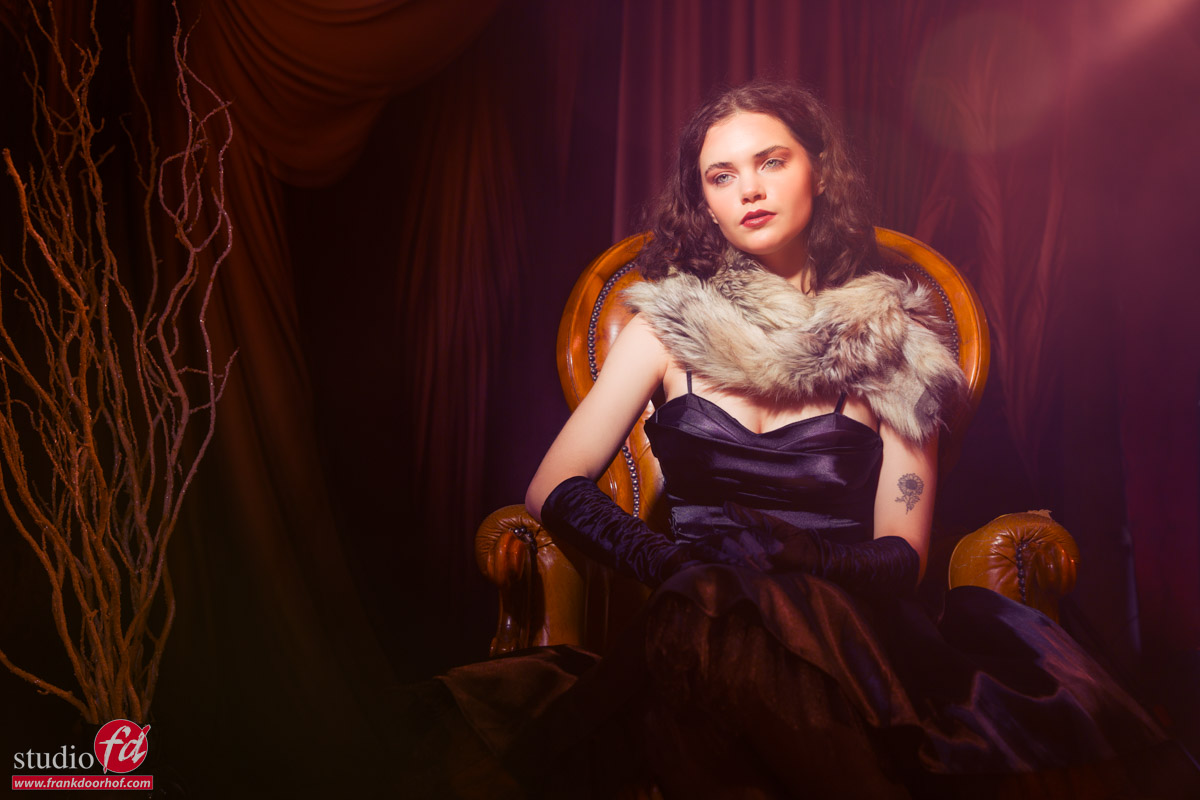WOW that shines like crazy
And it’s super cheap
Reflective material is a great way to spice up your photoshoot.
You can use it as a set, backdrop or even wrap it around your model. but today we are using it in a set with some colors and hard light hitting it to get a beautiful glow in the material.
And the fun part, it’s really cheap and you can buy it in almost every party shop.
In our case it’s called “holographic” material and they have it in different colors, do make sure you always check materials with your phone (flashlight) to predict the reflection. Not all material looks the same when you throw some light on it.
Here you can read the previous blog post with the images.
And because video is always a beter tool, we also made a “how did I shoot this one” video about it.







You must be logged in to post a comment.